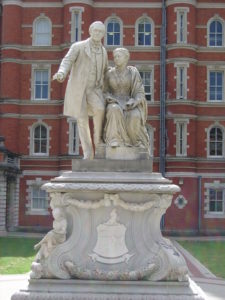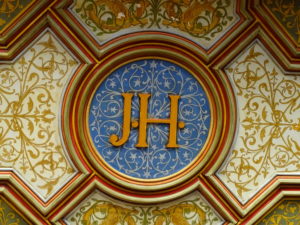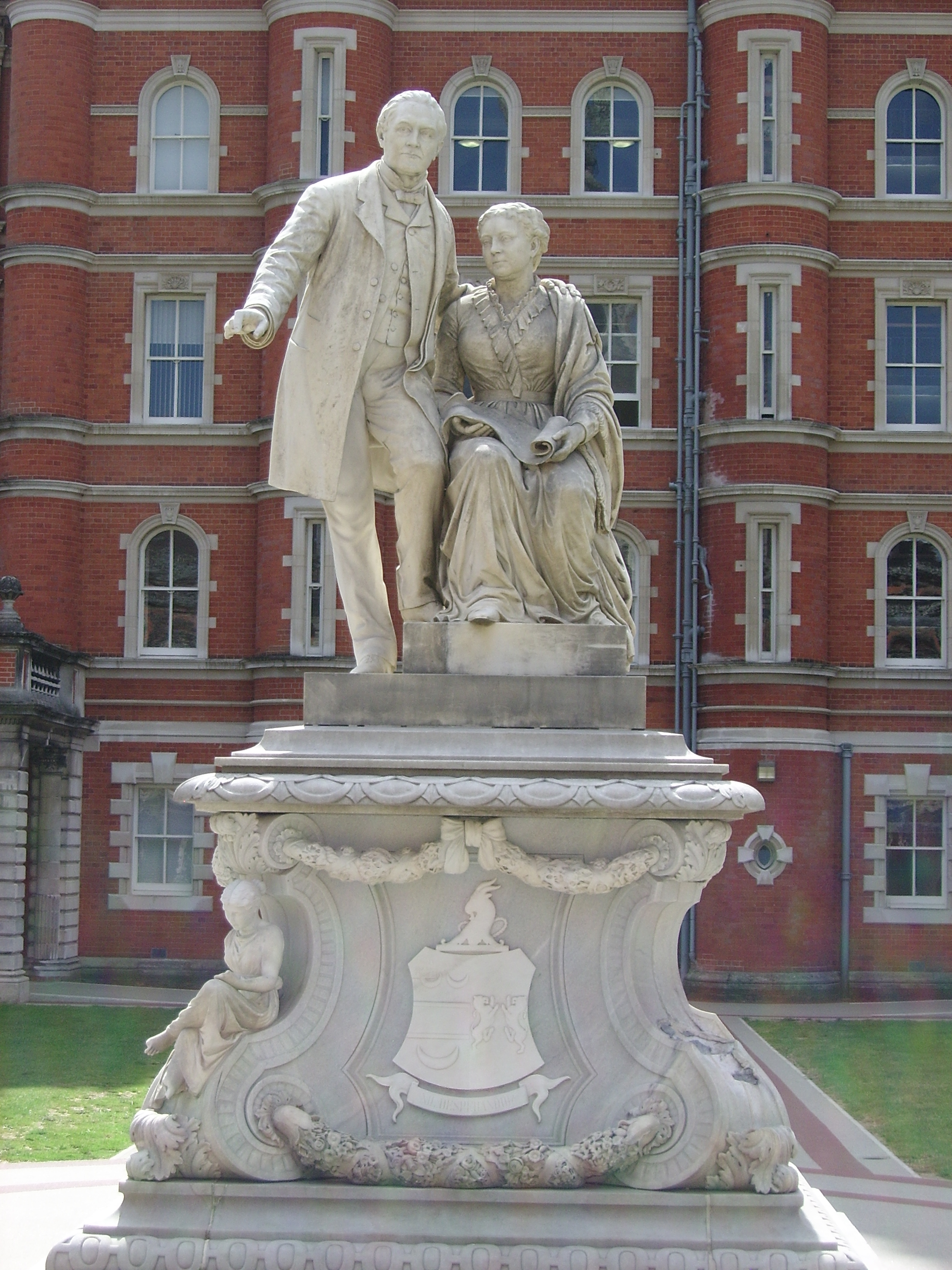Women in Culture: Jane Holloway
As part of Museums Week 2019, the theme of today is Women in Culture. Women have been major participant in heritage and culture for years and years, whether it was fairs or exhibitions or concerts. It is then quite surprising that the name Jane Holloway is not more celebrated when you think about women in culture in Egham. When Jane Pearce Driver married Thomas Holloway in 1849, they both found in each other a common passion for the arts. So much that she would dedicate a major part of her life to sharing with the community her love of Britain’s artists. She helped her husband for the many years it took to install the Picture Gallery in Founders Building, making it the first collection gathered in Britain specifically for female viewers, since Royal Holloway College was a women’s college.

This was all possible in part thanks to her husband’s money, the fortune he made as a manufacturer of patent medicines, mainly ointment and pills. He was known to be a successful businessman and philanthropist, selling his products by labelling them as ‘’cure all’’. For more information, pop in the museum for our summer-long exhibition Health, Holloway & Hype, including events and workshops.
It was not just in the arts that Jane was influential in Thomas’ life, but also in his educational ventures. Indeed, she is considered to have been the main influence in his idea of creating a women’s college, providing education to a multitude of young ladies throughout the years. Sadly, they both passed before it was opened, but their influence still remains today.

Nowadays, the University’s collection contains more than 200 paintings, some of them exhibited in the Picture Gallery, with some of the 19th century’s most iconic work of art. Luckily, Thomas Holloway wasn’t alone in building that collection. He completed with the help of Christina Herringham, a British artist, copyist and art patron.
Christina Jane Herringham was an innovator in art patronage for her century, establishing the National Art Collection in 1903 in order to preserve Britain’s art heritage. She was committed to promoting British and Indian art in the UK, while being a strong supporter of the women’s suffrage movement. Now, we don’t know for sure if she herself had any links with the National Union of Women’s Suffrage Societies, or the many militant groups active at the College during the late 19th century, but we can certainly say that she was a pioneer in providing education and culture for the young women attending the College. This is one of the many reasons why Royal Holloway and Bedford College is part of our History Pin Map, our interactive map exploring 100 years of women’s votes in Egham.
Sources:
http://suffrage.eghammuseum.org/2019/02/07/history-pin/
https://www.royalholloway.ac.uk/about-us/art-collections/collection-highlights/
https://www.royalholloway.ac.uk/about-us/our-history/our-founders/
https://openlibrary.org/authors/OL307365A/Herringham_Christiana_Jane_Powell_Lady


